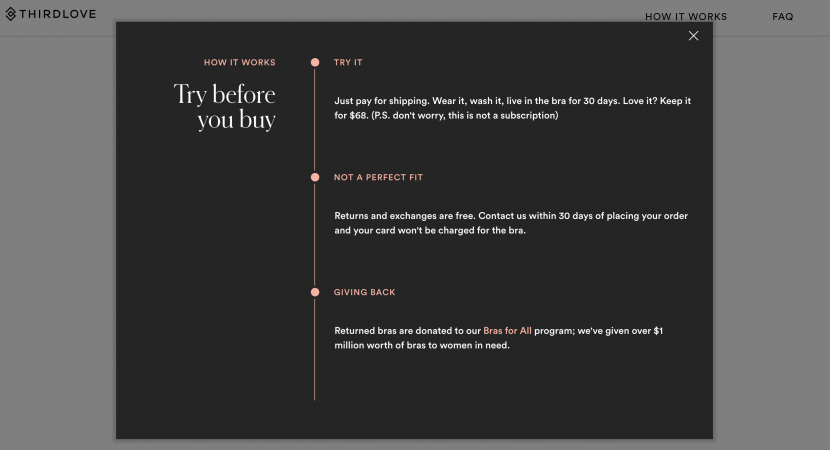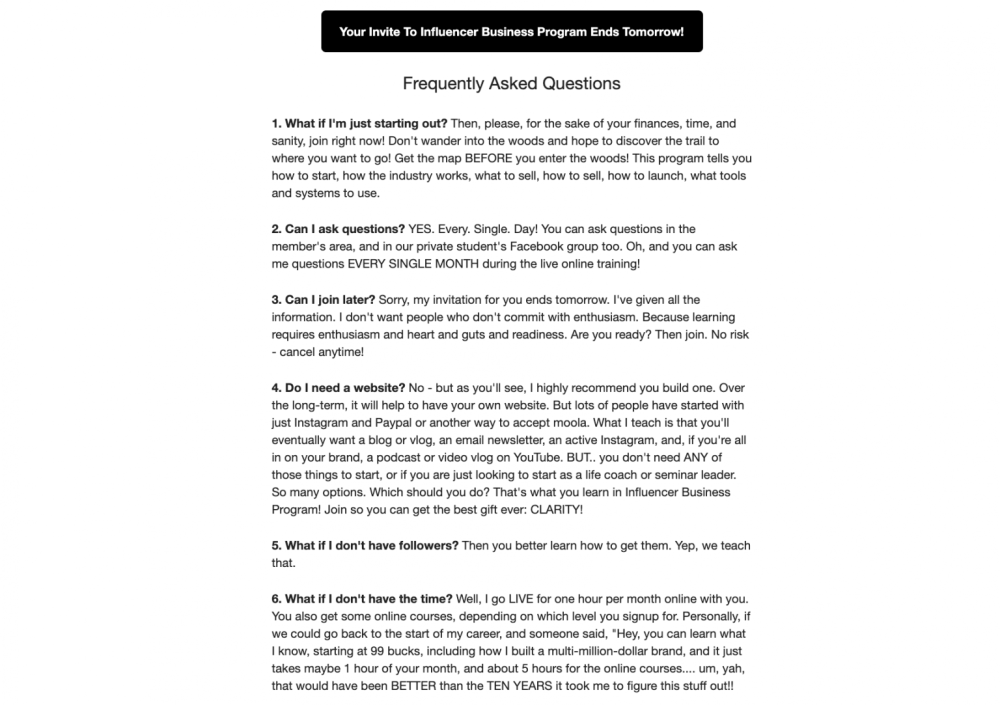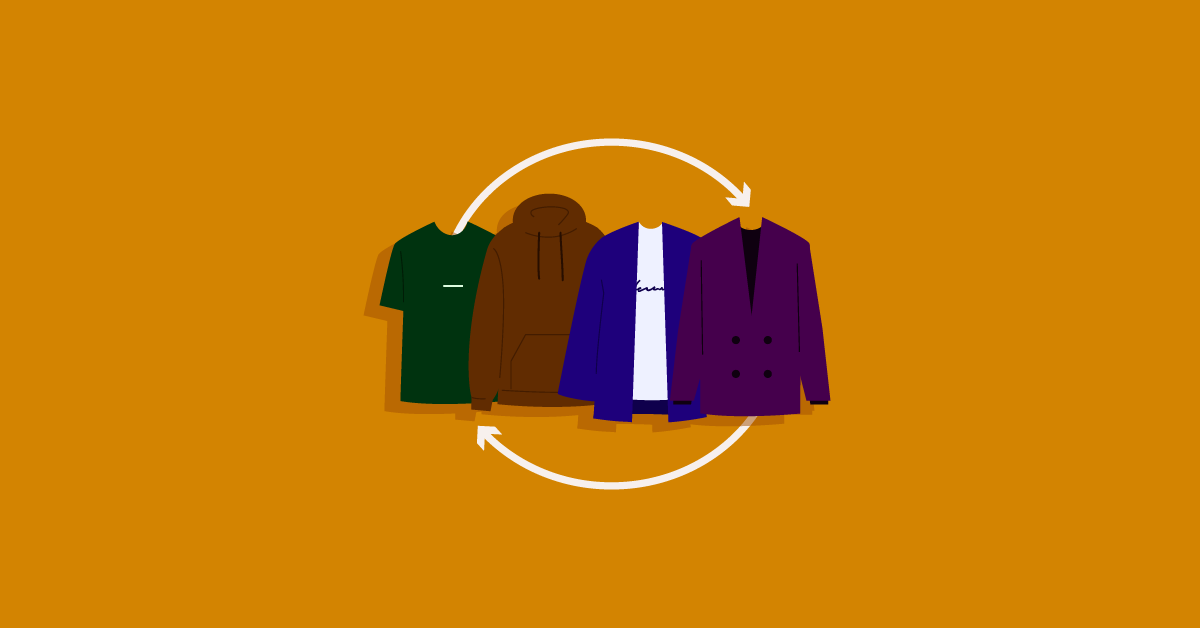
Sales objections are quite common in retail, especially for merchants who are selling high-ticket items such as furniture or electronics. Usually, these objections come from customers who are unsure, uninterested, or aren’t ready to buy. And while it would be wise for you to respect shoppers’ choice to hold off on a purchase, in some cases, you might be able to nudge them in the right direction or actually close the sale.
In this post, we’ll be tackling some of the most common objections retailers can encounter when selling to customers. Go through them and see if you can apply them in your business:
Before anything else: Read customers and don’t be pushy
While the tips below should give you some ideas on how to respond to customer objections, it’s important that you first read each shopper and determine the right course of action. For instance, if a shopper is in “just looking around” mode, then it’s probably best not to go for the hard sell. There’s no one size fits all approach for every customer, so don’t apply these tips blindly, and don’t be pushy or dishonest.
That said, let’s dive into the objections below and discuss how you can overcome them:
Objection #1: “It’s too expensive.”
Pricing concerns is probably the most common objection that you’ll encounter. And in this case, you’ll first have to identify why they’re concerned about the cost. Is it because the product is really out of their budget or are they having trouble seeing the value of the item? Is it because they think can purchase it for less elsewhere? Whatever the case may be, figure it out prior to launching your spiel.
If shoppers feel that the item is out of their budget, perhaps you can talk about how the product can save them money in the long run. Will it lower their energy bill? Will it “pay for itself” in the long term?
If it’s a matter of getting customers to see the value in a product, then you’ll need to come up with specific benefits that would justify the cost for the shopper. Before getting into this though, you first need determine why the shopper is looking at a product, as well as how and where they’re going to use it.
Here’s a real-life example:
While shopping for a new bed and mattress a while back, the associate I was dealing with asked what brought me to the store and inquired about my bedroom habits. So I told her about my routines, and this helped us narrow down a few options.
One of the products she recommended was a bed that came with an adjustable base, allowing the user to sit up or recline easily. It was more expensive than the regular beds and mattresses, but associate was able to justify the cost by saying that an adjustable base would be perfect for someone like me who uses her laptop a lot in bed. (I happened to mention that I’m always typing away on my computer even in the bedroom.)
By pointing this out—and demonstrating how the adjustable base worked—she was able alleviate my concerns about the product’s price tag.
The good thing about her approach was that she didn’t come off as pushy. She didn’t try to pressure me into buying the product and she tailored her recommendation to my specific needs. As a result, I genuinely appreciated her suggestion and I ended up completing the purchase. (And yes, I use the bed’s feature all the time.)
Objection #2: “Isn’t this cheaper online?”
If you’re dealing with shoppers who think they can get the same product for a lower price online (or who are already price checking with their phone), then you can bring up the “hidden costs” that come with Internet purchases.
Michael Patrick, founder and president of retail training company MOHR Retail, says that retailers can bring up the fact that consumers don’t have to pay or wait for shipping. Merchants can also emphasize that buying the product in person means they know exactly what they’re getting and can avoid the hassle of having to return an item because it doesn’t meet their expectations.
“Often the customer isn’t thinking about these ‘hidden costs,’ Patrick adds. “And the fact is, loyalty doesn’t come from the lowest price. It comes from salespeople who are authentic and trusted and who demonstrate that they’re looking out for the customer.”
Objection #3: I need to consult with my significant other first.”
If the shopper needs the approval of their parent, significant other, or boss before making a purchase, then figure out the concerns or objections of the third party and then address them while you still have the original customer with you.
Also try to encourage the customer to bring their partner/parent/boss along to the store, so you can speak to them directly, determine their concerns, and close the sale. In some cases, trying to get the other person on the phone may help, but doing so might make you come across as being pushy or that you’re rushing the customer.
Again, the best way to deal with such objections is to ask questions, assess that situation (i.e. do they really need to consult with someone else or are they just using the authority figure as an excuse?), and react accordingly.
Objection #4: “I’ve had a bad experience with this product or brand in the past.”
First, sympathize and apologize for the inconvenience or problems that the shopper encountered. Empathize with the customer instead of being on the defensive immediately.
Secondly, find out what the problem was. If it’s an issue that you’re already aware of, then you should have the knowledge or response to address their concerns. For example, you can say that the problem has been fixed in the product’s latest model or recommend another brand that doesn’t cause the issue.
It’s also important to reassure the customer that they won’t have a similar problem again. Demonstrate that their issues have indeed been addressed, and throw in a guarantee to further alleviate their concerns.
Objection #5: “I need to think about it.”
When you encounter the “I need to think about it” objection, don’t make things uncomfortable by trying to dissuade the customer or rushing the sale. Instead, accept their response by saying “I understand” or “No problem” to put them at ease.
Depending on how they respond, you may be able to grab a chance to a) address underlying concerns; or b) give them a bit of nudge in the right direction. But you’ll have to play it by ear to figure out the right approach.
Addressing underlying concerns can be done by first determining why they need to think about it. Is it an issue with price? Are they wary of encountering problems with the product? Whatever the reason is, figure it out and address it accordingly. (See tips above.)
On the other hand, if you already know the reason why they need to give a purchase more thought, and you did your best to alleviate those concerns, then you should give them time to consider the decision. But perhaps you can make the choice easier by instilling a sense of urgency. For example, you can say something like “Just a reminder, our sale ends next week,” or something similar.
Objection #6: “I’m happy with what I have right now”
Resistance to change often brings up this particular sales objection. By nature, human beings like being in their comfort zone, so selling them a product outside of what they’re used to can bring up barriers to the sale.
There are a number of ways to overcome this.
First is to show them how much better their life could be with the new product. Figure out the shortcomings of the brand or product that they’re currently using and talk about how your merchandise can address those issues.
For example, if you’re selling a pair of Bluetooth headphones, you could talk about how convenient they are and how people who try them never want to come back to using headphones with chords.
Another thing you could do is eliminate risk by allowing customers to try a product before buying. The lingerie retailer ThirdLove does this well. They have a program that lets customers try a ThirdLove bra for 30 days. The shopper just needs to pay for shipping. Once they have the product, they can “wear it, wash it, live in the bra for 30 days.” If they love it, they can keep the bra and they’ll be charged $68. If they’re not happy with their purchase they can just return the item before the 30-day deadline.

Giving out or selling samples and travel sizes can also do the trick. I was once at a Birchbox store in New York shopping for dry shampoo. I found that I liked, but was a bit hesitant to purchase because it was a brand I’ve never tried before. So, the associate recommended I buy a travel sized version of the product so I can try it for a few days.
Consider doing similar. If you’re dealing with a customer who’s not ready to go all in, sell or offer a sample product so they can try it with little or no risk.
Objection #7: “I’m not familiar with this brand” or “I don’t trust this brand”
If the shopper’s objection stems from a lack of trust with the brand, there are a few things you could do to put your customers at ease.
One idea is to tap into social proof. Talk about the experiences that other customers have had with the brand. Share some reviews or testimonials about the product to demonstrate how well it’s worked for others.
Another option is to build up the authority of the brand.
You can do this by:
- Talking about how long they’ve been in business
- Sharing any prominent figures associated with the brand
- Sharing the media outlets that have featured the brand
Taking these steps will help cultivate customer trust and help them be more open to trying brands they’re not familiar with.
More tips on identifying and handling sales objections
Anticipate common sales objections and address them head on
Be aware of the top objections that shoppers have about your products and address them head on — even if you’re not face-to-face. If you send out newsletters and promotions, for example, you can talk about the issues that customers bring up and make a case on why they should consider your products.
Another tactic is to have an FAQ section on your site (or even displayed in-store) addressing common concerns or objections.
Here’s a good example from Brendon Burchard. When he was marketing one of his programs, he sent out an email addressing top questions from customers. The messages tackles concerns and doubts, from not having enough time to not being knowledgeable enough for the program. Brendon even addresses the question “What if it sucks?” and gives a straightforward answer about how people can cancel anytime.

Work closely with your associates
While this article is a good starting point when identifying sales objections, there’s no substitute for actually speaking to your customers or associates. Jean ‘JP’ Parker, the VP Partnerships at Myagi, an education and communication platform for retailers and brands, says that retailers should tap into the knowledge for their front-line teams.
It’s also important to do it frequently, so customer situations are still fresh in the minds of your managers and associates
“Strike while the iron is hot! Employ a solution that allows sales associates to tell their story while it’s fresh in their mind and share it with their colleagues right across the business,” he says.
According to him, doing so accomplishes a number of things:
- The objection gets logged and not lost to the business
- A shared problem allows lots of brains to find a sales-winning solution
- Someone who dealt with this before already worked out how to handle it and convert the sale. They tell everyone and get a massive buzz
- The over-worked training team has a place to find proven best practice solutions to add to the company playbook.
Your turn
Retailers, we’d love to hear from you. What other sales objections have you encountered on the sales floor? Let us know!

News you care about. Tips you can use.
Everything your business needs to grow, delivered straight to your inbox.


